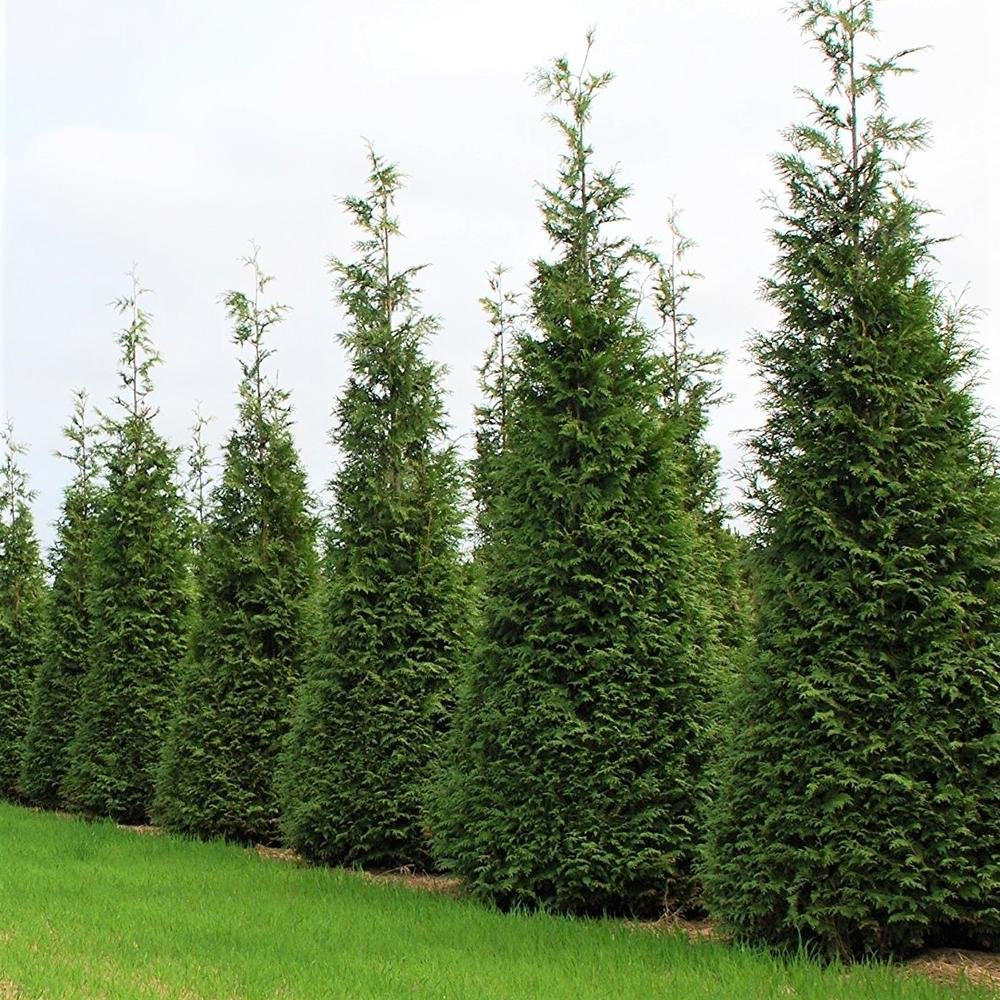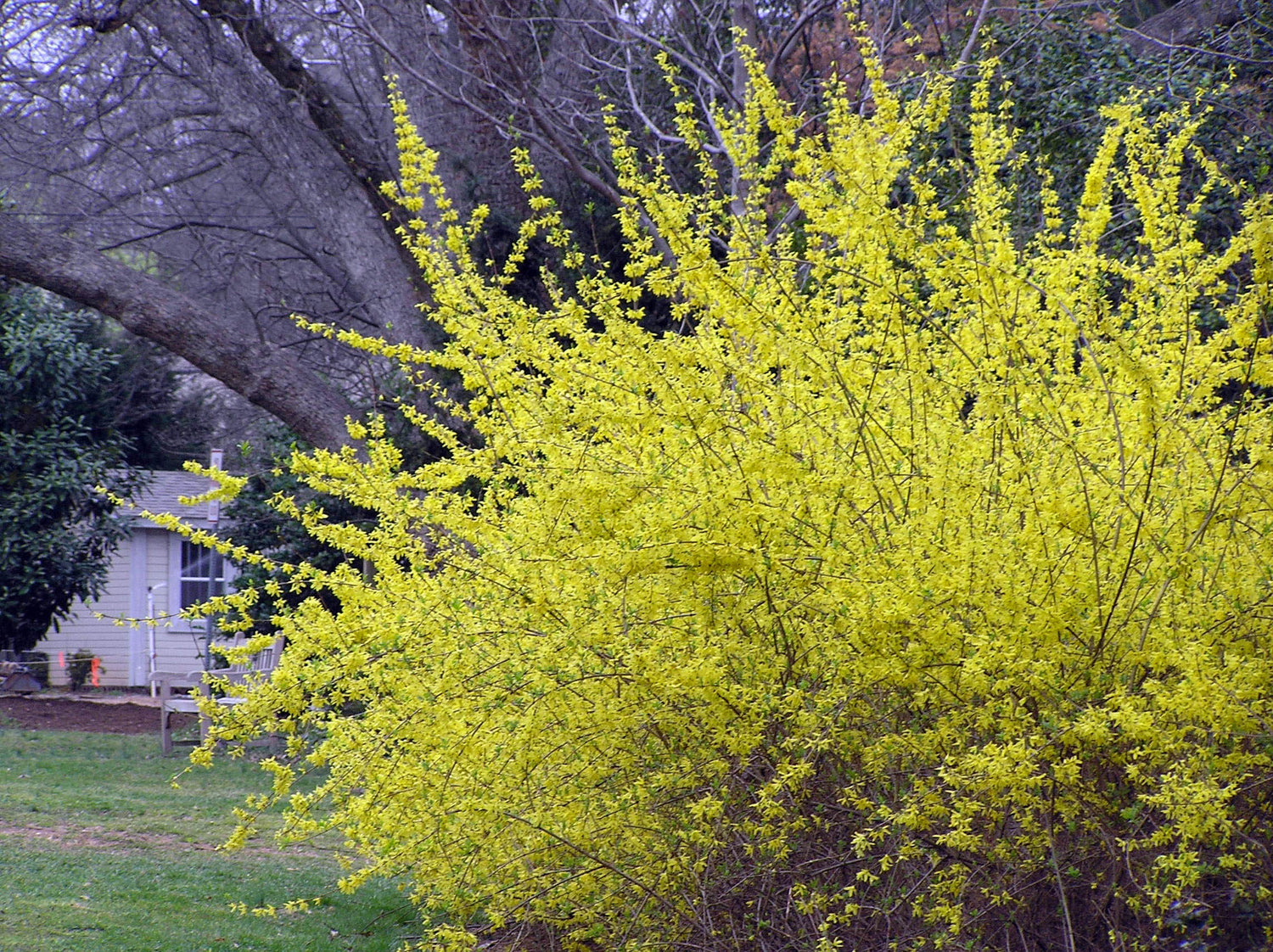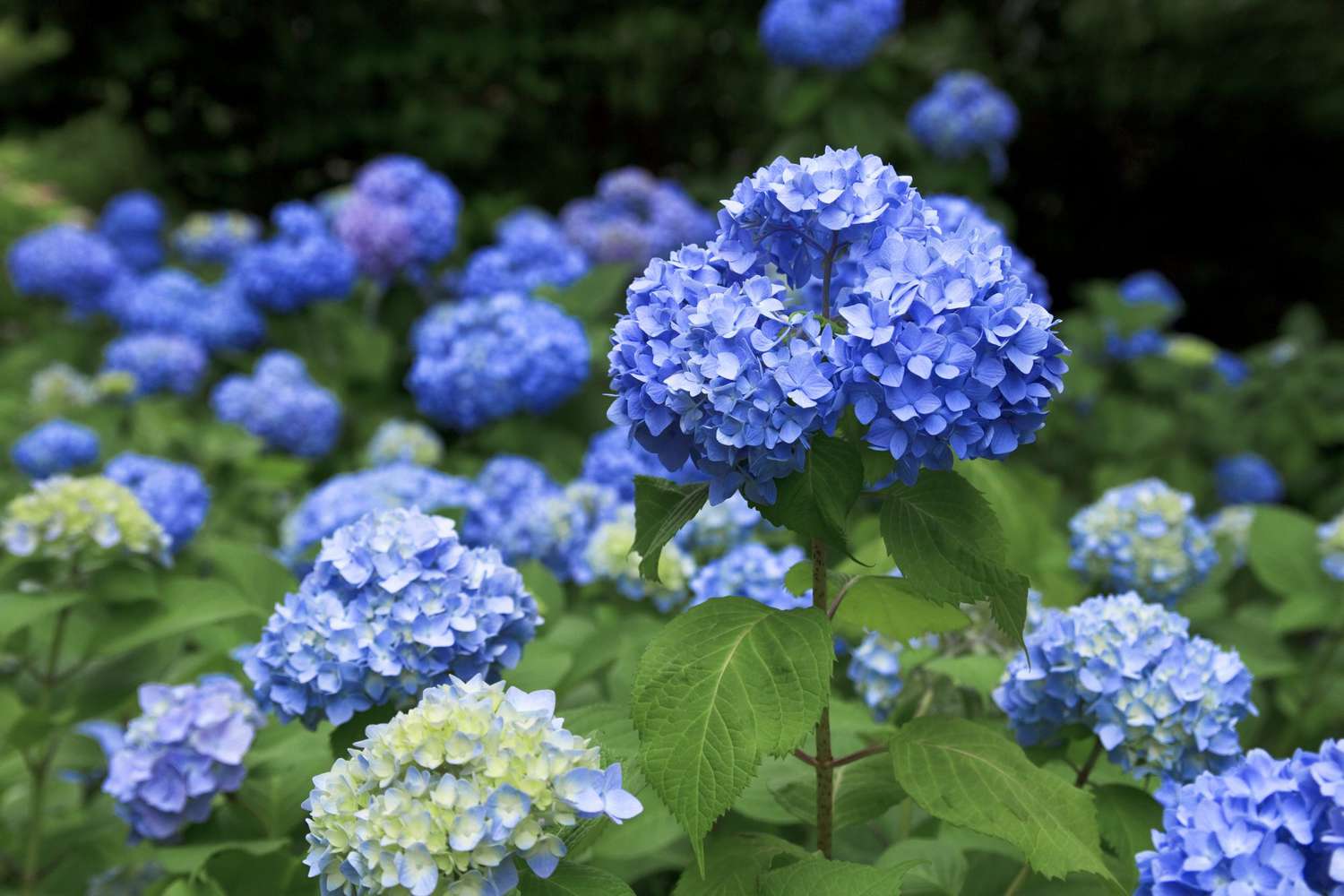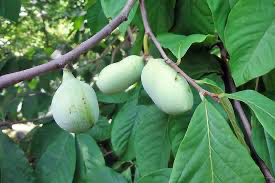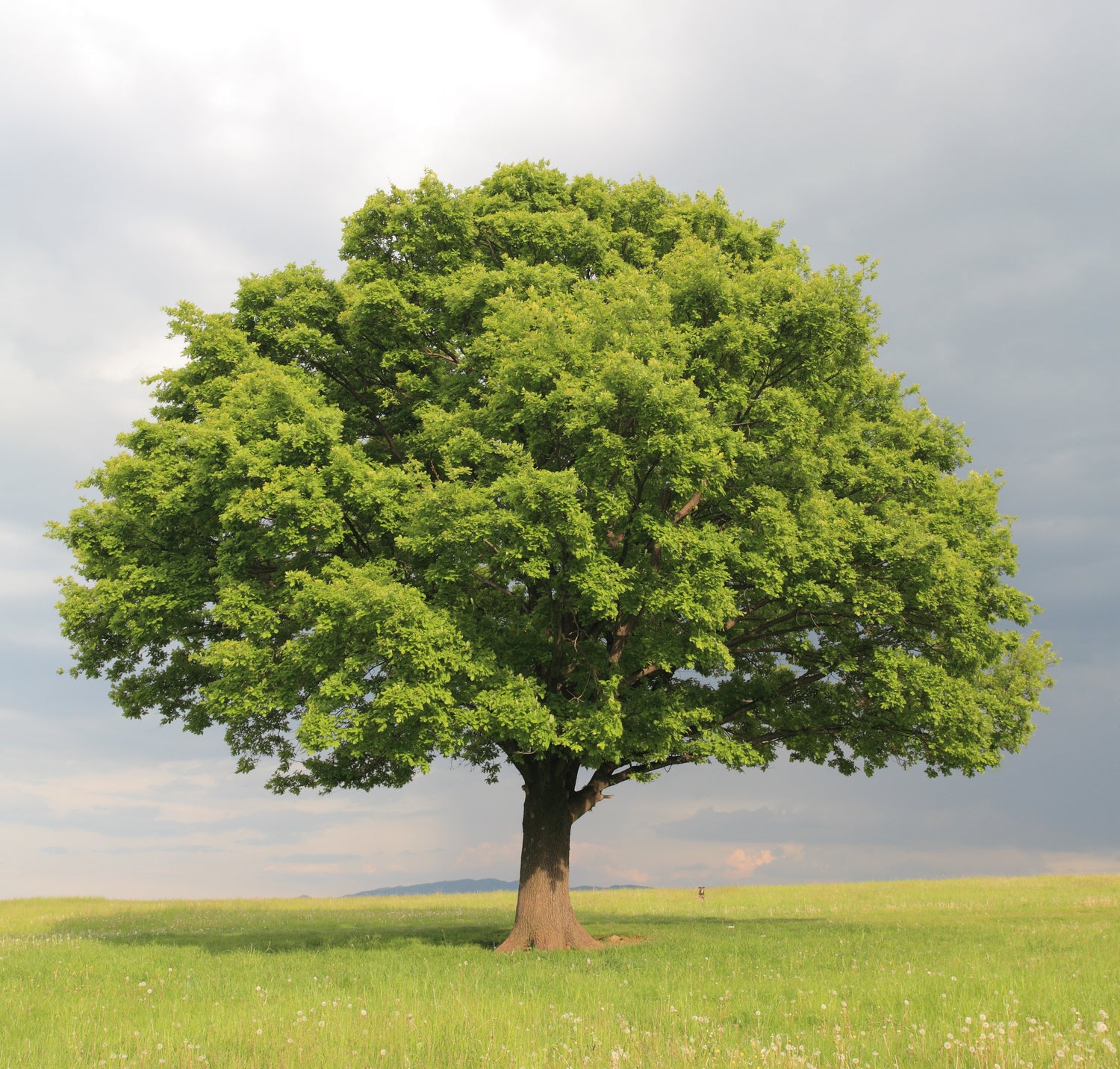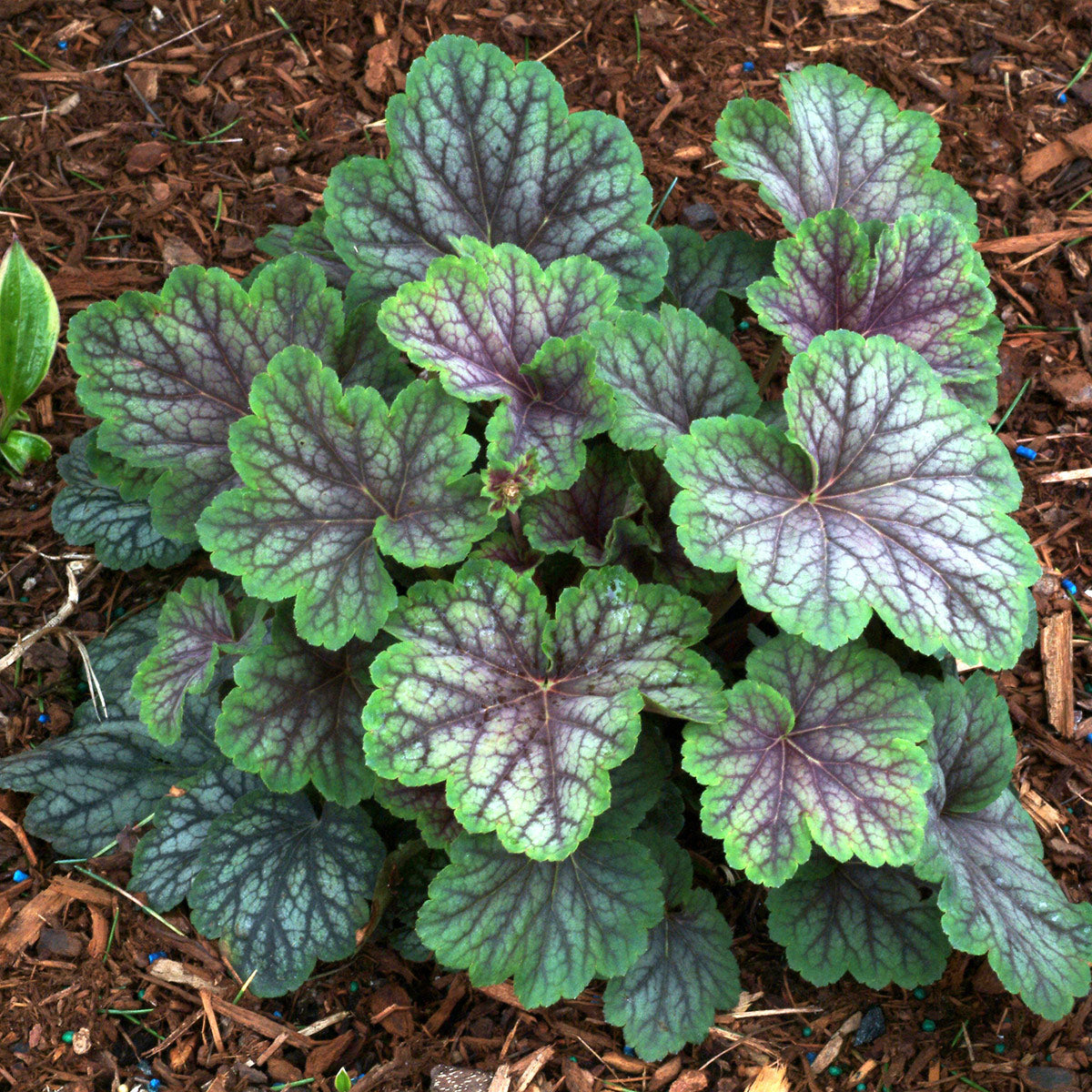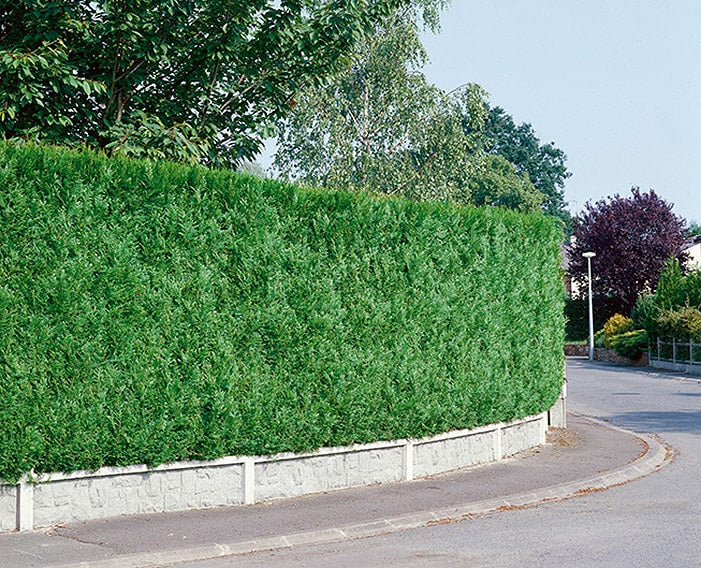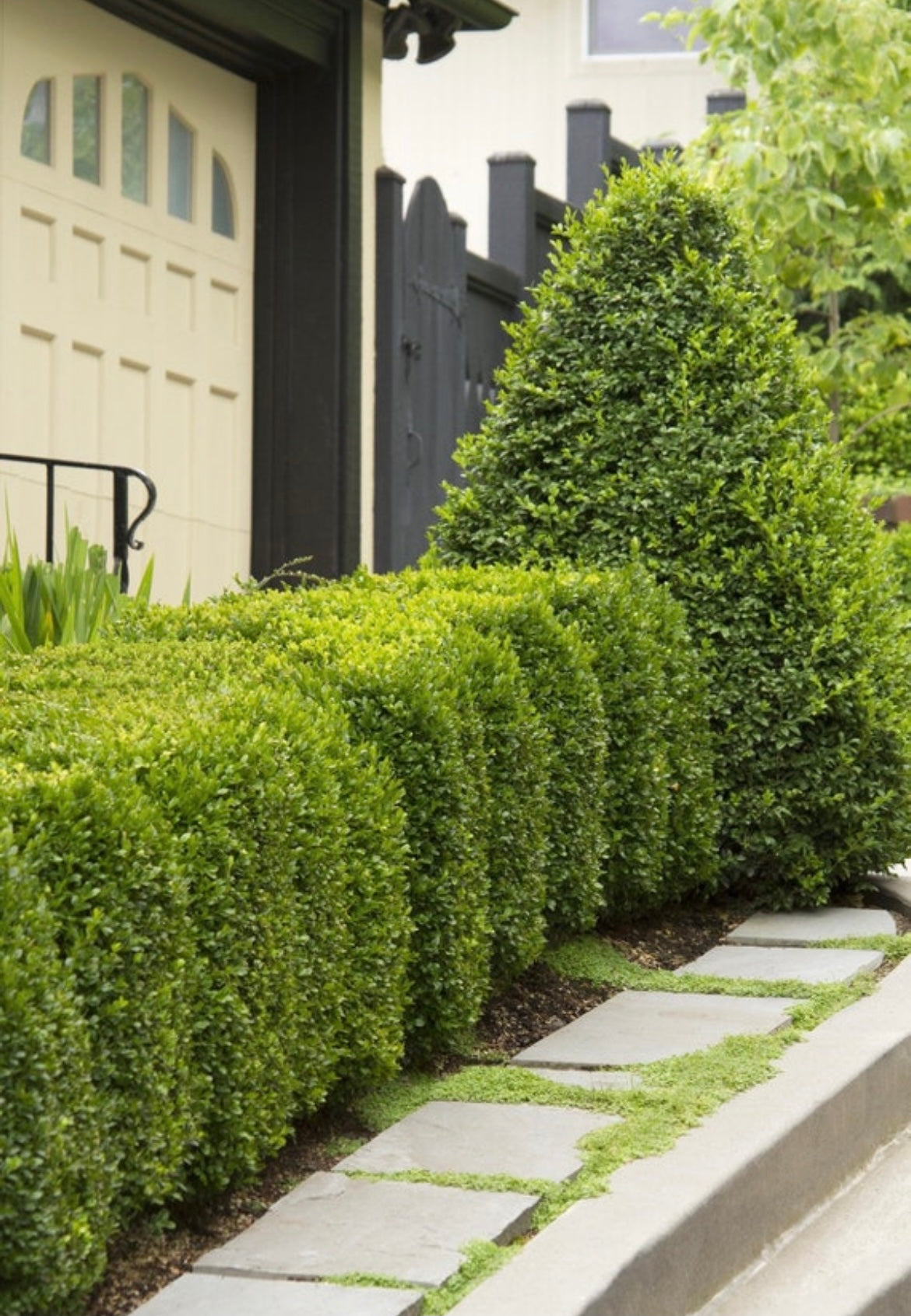Got Maples?
Ever found yourself staring out the window at that majestic tree in your backyard, wondering, "What kind of maple is that?" You're not alone! Maple trees, with their stunning foliage and graceful stature, are a favorite among homeowners and nature enthusiasts alike. But with so many varieties, from the towering sugar maple to the delicate Japanese maple, identifying your leafy friend can feel like a puzzle where the pieces keep changing shapes.
Maples come in all sizes and colors, each with its own charm and set of characteristics. There's the Big Leaf Maple, boasting some of the largest leaves you'll ever see on a tree, and the Hornbeam Maple, with its distinctive muscle-like bark. Then there's the Hedge Maple, perfect for those looking for a more manageable size, and the Amur Maple, which brings a splash of fiery red to your fall landscape. Not to mention the Red Maple, Paperbark Maple, Silver Maple, and Sugar Maple, each adding its unique touch to the tapestry of your garden.
Speaking of the Red Maple, did you know it's one of the most vibrant trees you can add to your landscape? With its breathtaking autumn colors, it's a sight to behold. If you're considering adding one to your collection, check out this gorgeous Red Maple from Weaver Family Farms Nursery. It's sure to transform your backyard into an autumn paradise.
And let's not overlook the Silver Maple. Known for its quick growth and beautiful, shimmering leaves, it's the perfect choice for those wanting to add some instant charm and shade to their yard. Imagine lounging under the cool shade of a Silver Leaf Maple on a sunny day, reading your favorite book. Sounds like a dream, right?
For those with a sweet tooth, the Sugar Maple not only offers stunning fall foliage but is also the tree that gives us delicious maple syrup. If you're interested in tapping into this sweet tradition, or simply want to enjoy the beauty of a Sugar Maple in your own backyard, it's a fantastic choice for any landscape.
As we embark on this leafy journey together, remember, identifying your maple tree is just the beginning. Each variety brings its own story and beauty to your garden, creating a living landscape that changes with the seasons. So, whether you're a seasoned arborist or a curious newcomer, let's dive into the wonderful world of maples and discover which one is gracing your backyard.
Leafing Through the Basics: What Makes a Maple a Maple?
Diving into the world of maples starts with the basics: the leaves. Maple leaves are like nature's intricate handiwork, each variety flaunting its unique pattern, color, and texture. But amidst this diversity, how do you pinpoint which maple variety is gracing your garden?
The Signature Shape
Maple leaves are renowned for their palmate shape, resembling a hand with outstretched fingers. This characteristic shape, however, can vary significantly across different maple types, from the broad, bold leaves of the Big Leaf Maple to the delicate, lacy foliage of the Japanese Maple.
A Kaleidoscope of Colors
Maples are not just about green; they're a celebration of colors. From the summer's lush greens to the autumn's spectacular show of yellows, oranges, and reds, each maple variety adds its unique brushstroke to the canvas of your garden. The Amur Maple, for example, dazzles with its fiery red fall foliage, while the Hedge Maple keeps it more subdued with a gentle yellow.
Veins and Textures
The veins of a maple leaf, running like lifelines from stem to tip, and the leaf's texture, whether smooth or serrated, play a crucial role in the tree's identification. The Hornbeam Maple, with its distinctive, muscle-like bark and finely textured leaves, stands out from the crowd, offering a unique aesthetic to any landscape.
The Usual Suspects: Meet the Maples
With a basic understanding of what to look for, let's meet some of the most beloved maple varieties, each with its own story and charm.
The Stalwart Red Maple
The Red Maple is a true spectacle of nature, especially come fall when its leaves turn a brilliant red. It's a common sight in many landscapes, beloved for its vibrant colors and adaptability. For those looking to add this beauty to their yard, the Red Maple Tree from Weaver Family Farms Nursery is a perfect choice, promising to bring a splash of color to your garden.
The Graceful Silver Maple
Quick to grow and beautiful to behold, the Silver Maple is known for its shimmering leaves that dance in the wind. Its rapid growth makes it a favorite for those looking to quickly add shade and beauty to their property. The Silver Leaf Maple Trees for sale at Weaver Family Farms Nursery offer an excellent way to incorporate this elegant tree into your landscape.
The Sweet Sugar Maple
Famous for its sap, which is turned into maple syrup, the Sugar Maple also puts on a fantastic display of fall colors, ranging from bright yellows to rich reds. To enjoy the beauty and potential sweetness the Sugar Maple Tree offers, consider adding one to your garden.
In addition to these popular choices, the diverse world of maples includes the Paperbark Maple, known for its peeling, cinnamon-colored bark; the Japanese Maple, with its exquisite form and foliage; the Amur Maple, a smaller variety perfect for tight spaces; and the Hedge Maple, ideal for creating dense, leafy hedges.
As you embark on this journey of discovery, remember that each maple tree in your garden is a living story, waiting to be read. With a bit of observation and knowledge, you can uncover the secrets of your backyard giants, turning your garden into a book of nature's tales.

Beyond the Leaves: Other Clues to Crack the Case
While the leaves of a maple tree are often the first place we look for identification clues, they're not the only story-tellers. The bark, seeds, and even the shape of the tree itself can offer valuable insights into which type of maple is growing in your backyard. Let's explore these additional clues that can help you solve the maple mystery.
What's the Bark Telling You?
Maple tree bark varies significantly from one species to another. The Paperbark Maple, for instance, is famous for its cinnamon-colored, peeling bark that adds winter interest to any garden. On the other hand, the smooth, gray bark of the Hedge Maple matures into a more rugged terrain as the tree ages. Observing these bark characteristics can provide year-round identification clues, even when the leaves have fallen.
Seed Stories: The Tale of Samaras
Many maples produce distinctive winged seeds called samaras, which can also aid in identification. The way these "helicopters" are shaped and how they hang from the branches can point to specific maple varieties. For example, the Amur Maple's samaras form at sharp angles and are particularly showy, while the Sugar Maple's samaras hang in more drooping clusters.
Silhouette and Structure: The Shape of Things
The overall shape and structure of a maple tree can be a dead giveaway to its identity. Japanese Maples often have a graceful, weeping form that makes them stand out in any landscape. In contrast, the robust, upright growth of the Sugar Maple can create a commanding presence, ideal for those looking to make a statement with their tree choice.
Why It Matters: The Perks of Knowing Your Maple
Understanding which maple tree varieties you have isn't just a matter of satisfying curiosity—it can also influence how you care for and enjoy your trees. Different maples have different needs in terms of sunlight, water, and soil conditions. Plus, knowing your maple can help you anticipate and appreciate the seasonal changes it will undergo.
Tailored Care for Thriving Trees
For instance, the moisture-loving Red Maple may require more attention during dry spells, while the drought-tolerant Silver Maple might thrive with less frequent watering. Similarly, the delicate leaves of the Japanese Maple may benefit from protection against harsh afternoon sun in hotter climates.
Seasonal Splendor and Landscaping Design
Each maple variety brings its own seasonal color palette and growth habits to the landscape. By identifying your maples, you can better plan your garden design to highlight these features. Imagine coordinating the fiery fall colors of the Sugar Maple with the year-round interest of the Paperbark Maple's peeling bark.

Embracing the Maple Mystery
As we wrap up our leafy detective work, remember that the journey to identifying and understanding your maple trees is as rewarding as the destination. Each tree in your garden is a living piece of art, a part of nature's mosaic that changes and grows with the seasons. Whether you're marveling at the summer shade provided by a Silver Maple or enjoying the autumn brilliance of a Red Maple, each maple brings its own unique beauty and benefits to your landscape.
By getting to know the maples in your backyard, you're not just becoming a more knowledgeable gardener—you're connecting more deeply with the natural world. So, take a moment to appreciate the maples around you, and consider how they enhance your outdoor living space. After all, every tree has a story, and discovering it is one of the many joys of gardening.
Celebrating the Seasons with Your Maple
Maple trees are the living, breathing highlights of any garden, marking the passage of seasons with their ever-changing beauty. From the tender greens of spring to the fiery displays of autumn, each maple variety brings its own unique contribution to the landscape. Let's delve into how these trees transform throughout the year, with special attention to those you can find at Weaver Family Farms Nursery.
Spring Awakening: A Fresh Start
Spring breathes new life into the garden, and maple trees are among the first to welcome the season. The Japanese Maple unfurls its intricate leaves, setting a delicate scene for early spring. While we don't have this variety, the vigor with which maples greet the season is mirrored in the Red Maple, available from our nursery, known for its rapid growth and early spring blossoms that pave the way for a lush, leafy canopy.
Summer Shade: Cool Comfort
As the days lengthen and the sun strengthens, the maple's dense foliage offers a cool haven. The Silver Maple, with its quick growth and expansive canopy, provides immediate relief from the summer heat, making it an ideal choice for those looking to enhance their garden's shade and tranquility.
Autumn Glory: A Fiery Farewell
Autumn is when maples truly shine, painting the landscape in vibrant hues. The Sugar Maple stands out with its spectacular color transition, offering a breathtaking display from green to shades of orange, red, and yellow. It's a seasonal spectacle that underscores the beauty of change and the cyclical nature of life.
Winter's Rest: Stark Beauty
In winter, the maple's bare branches against the cold sky have a beauty all their own. While we admire the resilience of varieties like the Paperbark Maple, our Red Maple and Silver Maple also demonstrate remarkable endurance during the winter months, standing as silent sentinels awaiting spring's return.



